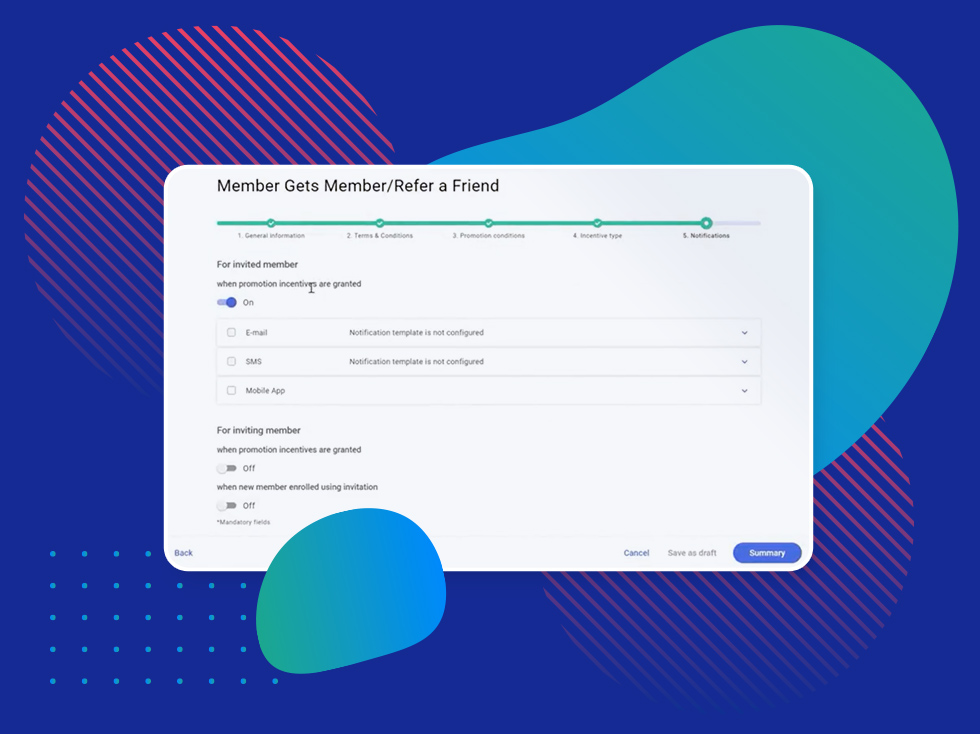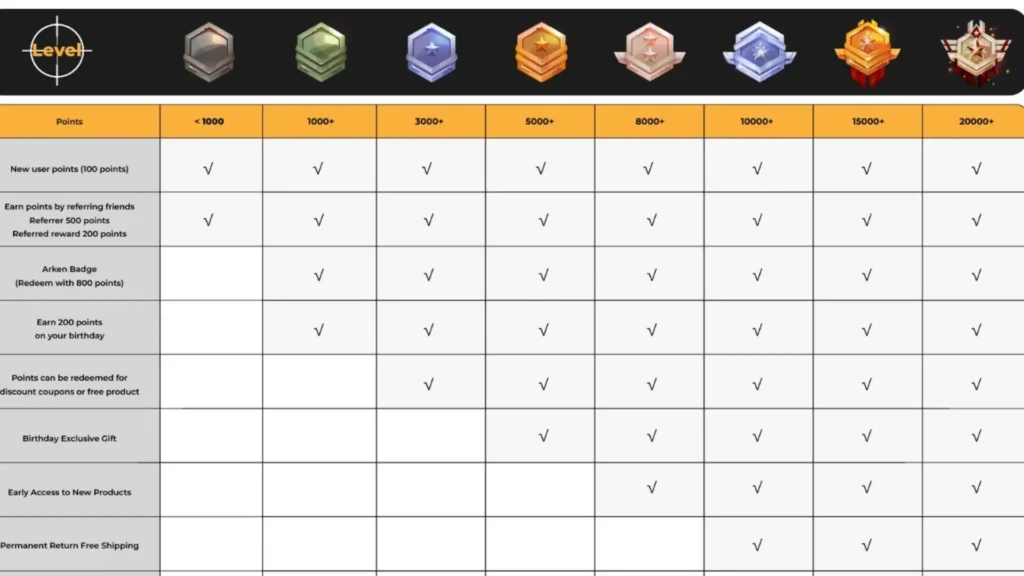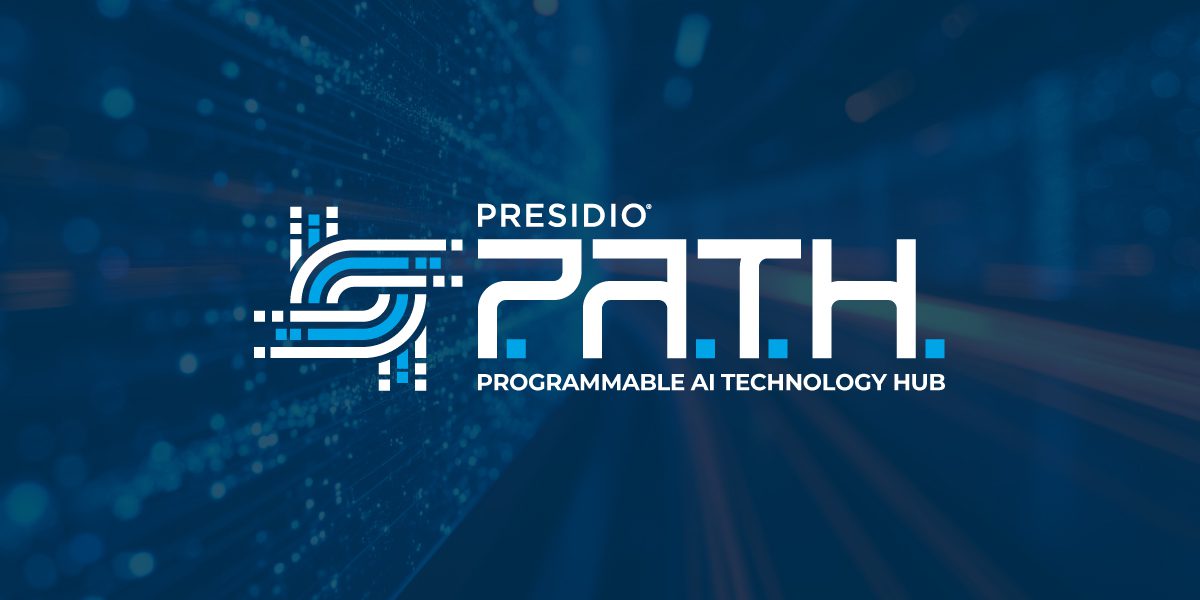Visualizing the Completionist Journey: How Brands Build Unbreakable Customer Loyalty
Understanding the Psychology Behind Brand Completionism
I've always been fascinated by the psychological drivers that make us loyal to certain brands. In this exploration, we'll dive into how brands strategically leverage our innate desire for completion and achievement to foster deep, lasting customer relationships. From progress bars to achievement badges, we'll uncover the visual triggers that transform casual customers into devoted brand advocates.
The Psychology Behind Brand Completionism
Our brains are wired to seek completion. That unfinished task nagging at you, the puzzle piece you can't find, or the collection missing just one item—these all trigger a powerful psychological response. I've found that brands who understand this fundamental aspect of human psychology can create powerful loyalty mechanisms that keep customers coming back.

The brain's reward system activates when we complete tasks or collections
The consistency principle in psychology suggests that once we make a choice or take a position, we face internal pressure to behave consistently with that commitment. This explains why after purchasing a product from a particular brand, we're more likely to continue buying from them—we want to justify our initial decision.
The dopamine-reward system plays a crucial role in completionist behavior. When we make progress toward completing something—whether it's filling a coffee loyalty card or reaching the next tier in a rewards program—our brain releases dopamine, creating a pleasurable sensation that reinforces the behavior.
The Completionist Psychology Cycle
This cycle demonstrates how brands leverage our psychological need for completion:
flowchart TD
A[Customer Action] -->|Triggers| B[Visual Progress Indicator]
B -->|Creates| C[Perception of Investment]
C -->|Activates| D[Dopamine Release]
D -->|Reinforces| E[Desire to Complete]
E -->|Motivates| A
style A fill:#FF8000,stroke:#333,stroke-width:1px
style B fill:#FFC080,stroke:#333,stroke-width:1px
style C fill:#FFD0A0,stroke:#333,stroke-width:1px
style D fill:#FFE0C0,stroke:#333,stroke-width:1px
style E fill:#FFF0E0,stroke:#333,stroke-width:1px
Visual progress indicators are particularly powerful. When we can see how close we are to completion—whether it's a progress bar showing 80% completion or a punch card with 9 out of 10 stamps—the visual personal brand story creates a compelling narrative that drives us toward the finish line.
PageOn.ai's visualization tools excel at transforming these abstract psychological concepts into clear visual frameworks that marketers can use to design more effective loyalty programs. By visually mapping the completionist journey, brands can identify key touchpoints where they can leverage this psychology to strengthen customer relationships.
Mapping the Loyalty Loop: From First Purchase to Brand Advocate
Traditional loyalty models often depict customer journeys as linear paths, but my experience has shown that true brand loyalty functions more like an ecosystem—interconnected, dynamic, and self-reinforcing. Let's visualize this loyalty loop and understand how completionist psychology plays a role at each stage.
The Brand Loyalty Ecosystem
Rather than a linear path, brand loyalty functions as an interconnected ecosystem:
flowchart TD
A[Awareness] --> B[First Purchase]
B --> C[Satisfaction]
C --> D[Repeat Purchase]
D --> E[Habit Formation]
E --> F[Emotional Connection]
F --> G[Brand Advocacy]
G -.-> A
F --> H[Community Participation]
H --> G
E --> I[Collection Behavior]
I --> F
D --> J[Loyalty Program Enrollment]
J --> E
subgraph "Completionist Psychology Triggers"
I
J
H
end
style A fill:#FFF0E0,stroke:#333,stroke-width:1px
style B fill:#FFE0C0,stroke:#333,stroke-width:1px
style C fill:#FFD0A0,stroke:#333,stroke-width:1px
style D fill:#FFC080,stroke:#333,stroke-width:1px
style E fill:#FFB060,stroke:#333,stroke-width:1px
style F fill:#FFA040,stroke:#333,stroke-width:1px
style G fill:#FF8000,stroke:#333,stroke-width:1px
style H fill:#FFC080,stroke:#333,stroke-width:1px
style I fill:#FFC080,stroke:#333,stroke-width:1px
style J fill:#FFC080,stroke:#333,stroke-width:1px
At each stage of this loyalty ecosystem, different psychological triggers come into play. Early on, satisfaction with product quality drives behavior, but as the relationship deepens, completionist psychology becomes increasingly important. Customers begin to feel invested in their relationship with the brand.
The psychological difference between transactional loyalty and emotional connection is substantial. Transactional loyalty is easily disrupted by competitors offering better deals or incentives. Emotional loyalty—often driven by completionist psychology—creates relationships that withstand competitive pressures.
Transactional vs. Emotional Loyalty Drivers
The visual representation of loyalty programs significantly impacts their effectiveness. When customers can clearly see their progress—whether through digital dashboards, physical cards, or app interfaces—they're more likely to engage with the program. This visualization taps directly into completionist psychology.
PageOn.ai's AI Blocks feature is particularly valuable for marketers looking to construct visual loyalty journey maps. By breaking down complex loyalty programs into clear, visually appealing components, brands can help customers understand where they stand in their journey and what they need to do next to reach completion milestones.
Case Studies: Completionist Psychology in Action
I've studied numerous brands that masterfully apply completionist psychology to build customer loyalty. Let's examine some of the most effective examples and what makes their approaches so powerful.
Apple's Ecosystem Strategy
Apple has perfected what I call the "ecosystem completionist" approach. Each Apple product works well individually but feels somehow "incomplete" without the others. Once a customer owns an iPhone, the psychological pull to add an Apple Watch, AirPods, or MacBook becomes strong—not just for functionality, but to complete the ecosystem collection.

Apple's interconnected product ecosystem creates a completionist desire
Netflix's Personalization and Watchlist Features
Netflix leverages what psychologists call the "invested effort" principle. As users curate watchlists and receive personalized recommendations, they build an investment in the platform that becomes psychologically costly to abandon. The "continue watching" feature acts as a perpetual progress bar, creating a subtle completionist urge to finish shows you've started.
Spotify's Playlist Curation
Spotify brilliantly encourages completionist behavior through playlist curation. The more time users spend creating personal playlists or curating their music library, the more invested they become. This investment creates what consumer psychology experts identify as a commitment barrier to switching services—the thought of rebuilding collections elsewhere becomes prohibitive.
Visual Progress in Loyalty Programs
Some of the most effective loyalty programs leverage visual progress indicators to drive completionist behavior:
Effectiveness of Visual Progress Elements in Loyalty Programs
PageOn.ai's Deep Search functionality can help marketers identify and visualize relevant data about these successful loyalty programs, allowing them to adapt and implement similar strategies for their own brands. By visually mapping the completionist elements of these successful programs, brands can identify what makes them so effective at driving loyalty.
Visual Triggers That Activate Completionist Behavior
The visual elements that brands use to trigger completionist behavior are far from arbitrary. They're carefully designed to tap into our psychological desire for completion and achievement. Let's explore the most effective visual triggers and how they work.
Progress Visualization Systems
Progress bars, achievement badges, and collection systems all leverage our innate desire to complete tasks and fill empty spaces. These visual cues create a clear gap between current state and completion, motivating action to close that gap.

Different types of visual progress indicators used in loyalty programs
Color Psychology in Loyalty Visualization
Colors play a crucial role in how we perceive progress and achievement. In my work with brands, I've found that specific colors trigger distinct psychological responses in loyalty programs:
Visual storytelling creates emotional investment that transcends simple point collection. When brands craft a narrative around their loyalty program—positioning customers as heroes on a journey rather than just points collectors—they tap into deeper psychological motivators. This approach transforms 4 Ps of marketing into an emotionally resonant experience.
Visual Rewards vs. Tangible Benefits
Interestingly, visual rewards (like digital badges, status indicators, or exclusive profile features) often drive more engagement than their actual monetary value would suggest. The psychology behind this relates to social signaling and identity—visual rewards allow customers to communicate something about themselves to others.
Visual Reward Value Framework
This framework illustrates how visual rewards create psychological value:
flowchart TD
A[Visual Reward Earned] --> B[Identity Reinforcement]
A --> C[Social Signaling]
A --> D[Completion Satisfaction]
B --> E[Self-Perception as Loyal Customer]
C --> F[Status Communication to Others]
D --> G[Dopamine Release]
E --> H[Increased Likelihood of Repeat Behavior]
F --> H
G --> H
style A fill:#FF8000,stroke:#333,stroke-width:1px
style B fill:#FFA040,stroke:#333,stroke-width:1px
style C fill:#FFA040,stroke:#333,stroke-width:1px
style D fill:#FFA040,stroke:#333,stroke-width:1px
style E fill:#FFC080,stroke:#333,stroke-width:1px
style F fill:#FFC080,stroke:#333,stroke-width:1px
style G fill:#FFC080,stroke:#333,stroke-width:1px
style H fill:#FFE0C0,stroke:#333,stroke-width:1px
PageOn.ai's visualization tools excel at transforming abstract loyalty concepts into engaging visual narratives. By creating clear, visually appealing representations of loyalty programs, brands can more effectively trigger completionist behavior and drive deeper customer engagement.
Designing Your Brand's Completionist Strategy
Now that we understand the psychology and visual triggers that drive completionist behavior, let's explore how to design an effective completionist strategy for your brand.
Assessment and Opportunity Identification
The first step is to evaluate your current customer touchpoints for completionist potential. I recommend conducting a comprehensive audit of your customer journey to identify natural collection or achievement opportunities.
Completionist Opportunity Assessment Framework
Use this framework to identify completionist opportunities in your customer journey:
flowchart TD
A[Customer Journey Mapping] --> B{Identify Repeat Touchpoints}
B --> C[Product Usage]
B --> D[Purchase Frequency]
B --> E[Content Consumption]
B --> F[Community Engagement]
C --> G{Evaluate Completionist Potential}
D --> G
E --> G
F --> G
G --> H[High: Create Collection System]
G --> I[Medium: Create Achievement System]
G --> J[Low: Create Progress System]
H --> K[Implementation & Testing]
I --> K
J --> K
style A fill:#FF8000,stroke:#333,stroke-width:1px
style B fill:#FFA040,stroke:#333,stroke-width:1px
style G fill:#FFA040,stroke:#333,stroke-width:1px
style K fill:#FFA040,stroke:#333,stroke-width:1px
Different audiences respond to different psychological triggers. Luxury brands might leverage exclusivity and status, while gaming platforms might focus on achievement and mastery. Understanding your specific audience is crucial for designing an effective completionist strategy.
Visual Framework Development
Once you've identified opportunities, it's time to develop visual frameworks that satisfy completionist urges. Effective visual progress indicators should be:
- Clear and easily understood at a glance
- Visually appealing and on-brand
- Designed to show meaningful progress
- Balanced between attainability and aspiration
- Connected to your broader brand narrative
Achievement systems need to balance attainability with aspiration. If achievements are too easy, they lose value; if they're too difficult, they discourage participation. The most effective systems offer a mix of easily attainable early wins and more challenging long-term goals.

Example of a tiered achievement system with balanced progression
Developing visual narratives that connect individual actions to your larger brand story is essential for creating emotional investment. Rather than simply collecting points, customers should feel they're participating in something meaningful.
PageOn.ai's visualization tools can transform complex loyalty concepts into clear visual systems. By creating intuitive, visually appealing representations of your loyalty program, you can help customers understand their progress and motivate them to continue engaging with your brand. This approach is particularly valuable for brands looking to reduce churn in marketing by strengthening emotional connections.
Measuring the Impact of Completionist Psychology
Implementing completionist psychology principles is only the beginning. To refine and optimize your strategy, you need to measure its impact effectively.
Key Performance Indicators
I recommend tracking these specific KPIs to measure the effectiveness of your completionist strategy:
Distinguishing between emotional and transactional loyalty is crucial. While transactional metrics (purchase frequency, average order value) are important, they don't tell the whole story. Emotional loyalty indicators—such as brand advocacy, social sharing, and engagement with non-purchase activities—often provide better insight into the effectiveness of your completionist strategy.
Visualizing Retention Data
Visualizing retention data can reveal patterns that might otherwise remain hidden. PageOn.ai's data integration capabilities allow you to create dynamic visual dashboards that clearly show the impact of your completionist strategy on customer retention.
Completionist Impact on Customer Lifecycle
This visualization demonstrates how completionist elements affect retention at different lifecycle stages:
flowchart TD
A[New Customer] --> B[Early Engagement]
B --> C[Regular Customer]
C --> D[Loyal Customer]
D --> E[Brand Advocate]
B -.-> F[Early Churn Risk]
C -.-> G[Mid-term Churn Risk]
D -.-> H[Long-term Churn Risk]
I[Progress Indicators] -.-> |Reduces| F
J[Achievement System] -.-> |Reduces| G
K[Collection Completion] -.-> |Reduces| H
L[Community Status] -.-> |Reduces| H
subgraph "Completionist Elements"
I
J
K
L
end
style A fill:#FFE0C0,stroke:#333,stroke-width:1px
style B fill:#FFD0A0,stroke:#333,stroke-width:1px
style C fill:#FFC080,stroke:#333,stroke-width:1px
style D fill:#FFA040,stroke:#333,stroke-width:1px
style E fill:#FF8000,stroke:#333,stroke-width:1px
style F fill:#FFC0C0,stroke:#333,stroke-width:1px
style G fill:#FFC0C0,stroke:#333,stroke-width:1px
style H fill:#FFC0C0,stroke:#333,stroke-width:1px
ROI Analysis
Calculating the ROI of completionist psychology implementation requires looking beyond immediate sales lift to consider long-term value creation. Factors to include in your analysis:
- Increased customer lifetime value
- Reduced acquisition costs through improved retention
- Higher average order values
- Increased purchase frequency
- Word-of-mouth marketing value
- Reduced price sensitivity
By creating dynamic visual dashboards that demonstrate loyalty program effectiveness, brands can continuously refine their completionist strategies. This data-driven approach, supported by ai marketing investment in visualization tools, allows for ongoing optimization based on real customer behavior.
Future Trends: The Evolution of Completionist Brand Psychology
As technology and consumer behavior evolve, completionist psychology in brand loyalty is poised for significant transformation. Let's explore the emerging trends that will shape the future of this powerful psychological approach.
AI Personalization
AI personalization will take completionist satisfaction to new heights. Rather than offering the same collection or achievement path to all customers, ai marketing systems will create dynamically personalized completionist journeys based on individual preferences, behaviors, and motivations.

AI-personalized completionist journey with adaptive achievement paths
Augmented Reality in Completionist Experiences
Augmented reality will create immersive completionist experiences that blend digital and physical worlds. Imagine seeing virtual collection pieces appear in real-world locations, or visualizing your loyalty status through AR interfaces that overlay digital achievements onto physical brand interactions.
Blockchain and NFTs
Blockchain technology and NFTs (Non-Fungible Tokens) are creating new forms of digital collection psychology. The scarcity, verifiable ownership, and transferability of blockchain-based loyalty rewards add new dimensions to completionist behavior. Brands can create truly limited-edition digital collectibles that customers genuinely own.
Emerging Technologies Impact on Completionist Psychology
Digital vs. Physical Completionist Behavior
Emerging research suggests interesting differences between digital and physical completionist behavior. While physical collections (like punch cards or tangible rewards) benefit from tactile satisfaction, digital collections offer advantages in accessibility, shareability, and dynamic updating.
The future of completionist brand psychology will likely involve hybrid approaches that combine the best of both worlds—digital tracking with occasional physical manifestations, personalization with universal achievement milestones, and exclusive collections with community participation.
Future of Completionist Brand Psychology
This framework visualizes how completionist psychology will evolve:
flowchart LR
A[Traditional Loyalty] --> B[Current Completionist Approaches]
B --> C[Future Completionist Systems]
B --> D[Points & Rewards]
B --> E[Visual Progress]
B --> F[Status Levels]
C --> G[AI-Personalized Journeys]
C --> H[Immersive Experiences]
C --> I[Blockchain Ownership]
C --> J[Cross-Brand Ecosystems]
style A fill:#FFE0C0,stroke:#333,stroke-width:1px
style B fill:#FFC080,stroke:#333,stroke-width:1px
style C fill:#FF8000,stroke:#333,stroke-width:1px
Transform Your Brand Loyalty Strategy with PageOn.ai
Ready to implement powerful completionist psychology principles in your brand strategy? PageOn.ai's visualization tools can help you create engaging, visually compelling loyalty systems that drive deeper customer connections.
Start Creating with PageOn.ai TodayFinal Thoughts on Completionist Brand Psychology
As we've explored throughout this guide, completionist psychology offers powerful tools for building unbreakable brand loyalty. By understanding and leveraging our innate desire for completion, achievement, and collection, brands can create deeper, more resilient customer relationships.
The most effective loyalty strategies don't just reward transactions—they create emotionally resonant experiences that satisfy deeper psychological needs. Whether through progress indicators, achievement systems, or collection mechanics, the goal is to transform routine interactions into meaningful journeys.
As technology continues to evolve, the possibilities for implementing completionist psychology in innovative ways will expand. Brands that stay ahead of these trends while remaining focused on fundamental human psychology will be best positioned to build lasting customer relationships.
PageOn.ai provides the visualization tools needed to transform abstract loyalty concepts into clear, engaging visual systems. By making the invisible visible, PageOn.ai helps brands create loyalty programs that truly resonate with customers' completionist instincts, driving deeper engagement and lasting loyalty.
You Might Also Like
Transforming Marketing Teams: From AI Hesitation to Strategic Implementation Success
Discover proven strategies to overcome the four critical barriers blocking marketing AI adoption. Transform your team from hesitant observers to strategic AI implementers with actionable roadmaps and success metrics.
Prompt Chaining Techniques That Scale Your Business Intelligence | Advanced AI Strategies
Master prompt chaining techniques to transform complex business intelligence workflows into scalable, automated insights. Learn strategic AI methodologies for data analysis.
How 85% of Marketers Transform Content Strategy with AI Visual Tools | PageOn.ai
Discover how 85% of marketers are revolutionizing content strategy with AI tools, saving 3 hours per piece while improving quality and output by 82%.
Building Trust in AI-Generated Marketing Content: Transparency, Security & Credibility Strategies
Discover proven strategies for establishing authentic trust in AI-generated marketing content through transparency, behavioral intelligence, and secure data practices.
